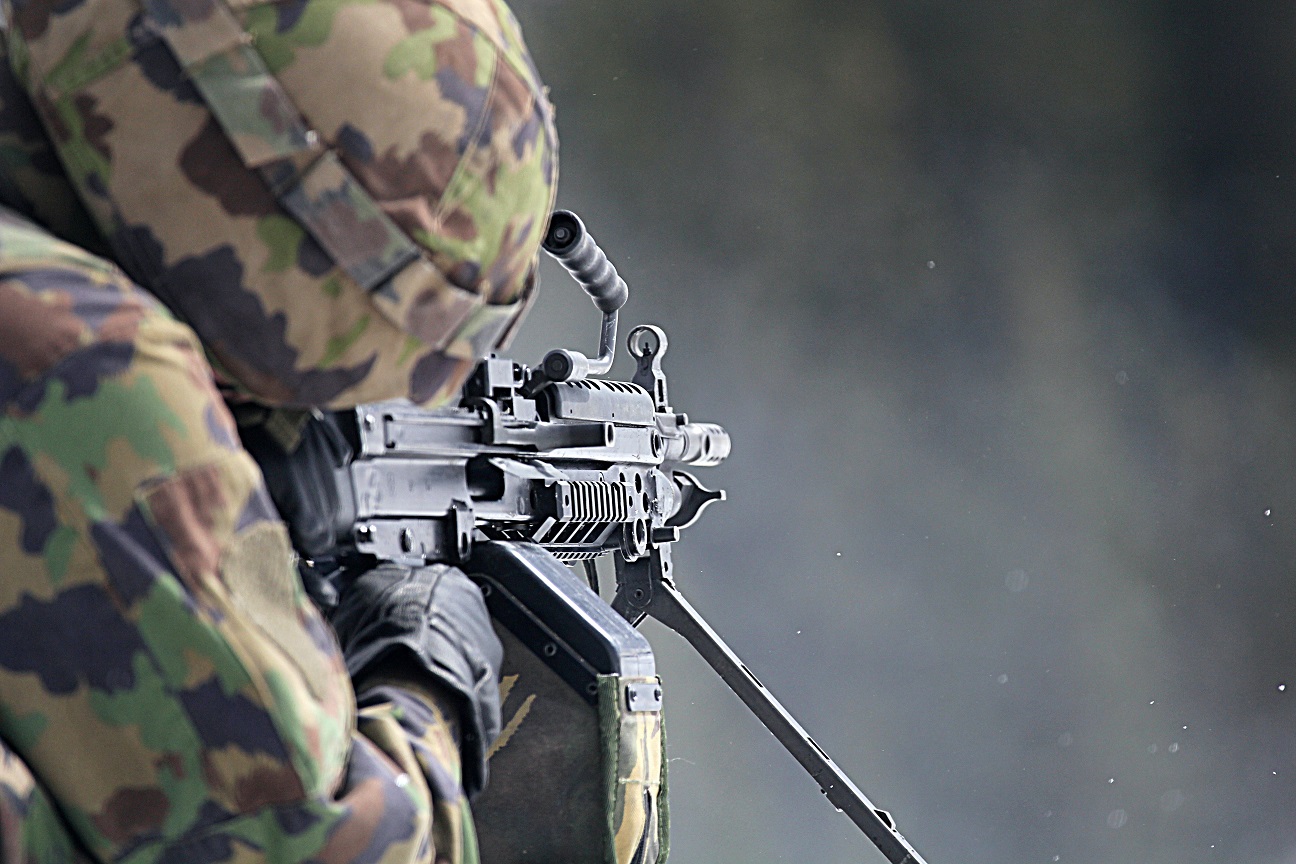In some of the most dangerous active shooter scenarios, having the right body armor can mean the difference between life and death. Level 4 ARMOR is designed specifically to protect against high-velocity rifle rounds, making it an essential tool for military personnel and law enforcement officers. Let’s take a closer look at why level 4 armor is so important in active shooter situations.
Why Level 4 Armor?
Level 4 armor is capable of stopping multiple rounds from high-powered rifles like the AR-15 or AK-47. This type of body armor is made from thick layers of ceramic plates that are inserted into a ballistic vest, providing protection not only against rifle rounds but also shrapnel and debris. It is critical for military personnel and law enforcement officers to have access to level 4 body armor because it gives them a fighting chance in dangerous active shooter situations.
Where Can I Get Level 4 Armor?
Level 4 body armor can be purchased from any number of vendors. Many law enforcement agencies require their officers to wear level 4 armor while on duty, as do some military units. However, even if you don’t work in a field that requires this type of protection, you can still purchase level 4 body armor for your personal use. It’s important to note, however, that this type of body armor should only be used by those who are trained to use it properly and understand how it works. As with any other piece of protective gear, using level 4 body armor incorrectly could put you at risk rather than provide any benefit.
In short, level 4 armor is an essential piece of equipment for anyone who may find themselves in an active shooter situation. Military personnel and law enforcement officers rely on this type of body armor for their safety when responding to dangerous situations like these. Additionally, civilians who are concerned about their safety may choose to purchase this type of protective gear for their use as well—but only if they have the proper training necessary to use it safely and effectively.
For more articles, please click here.

Recent Comments